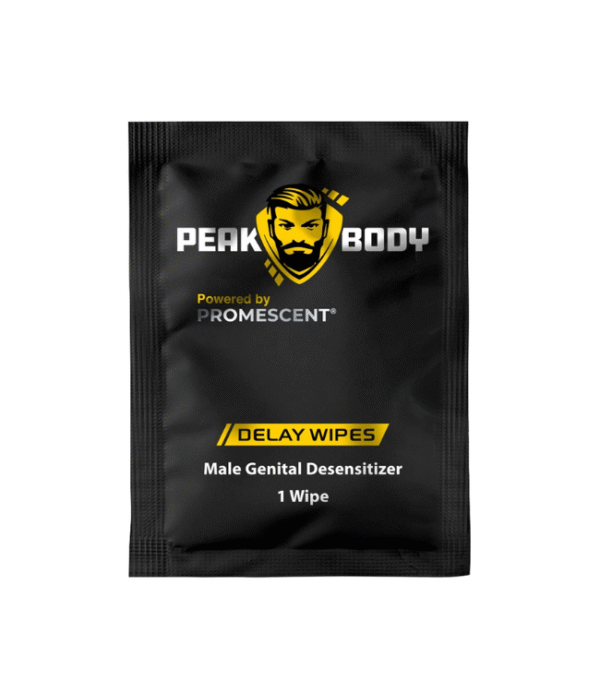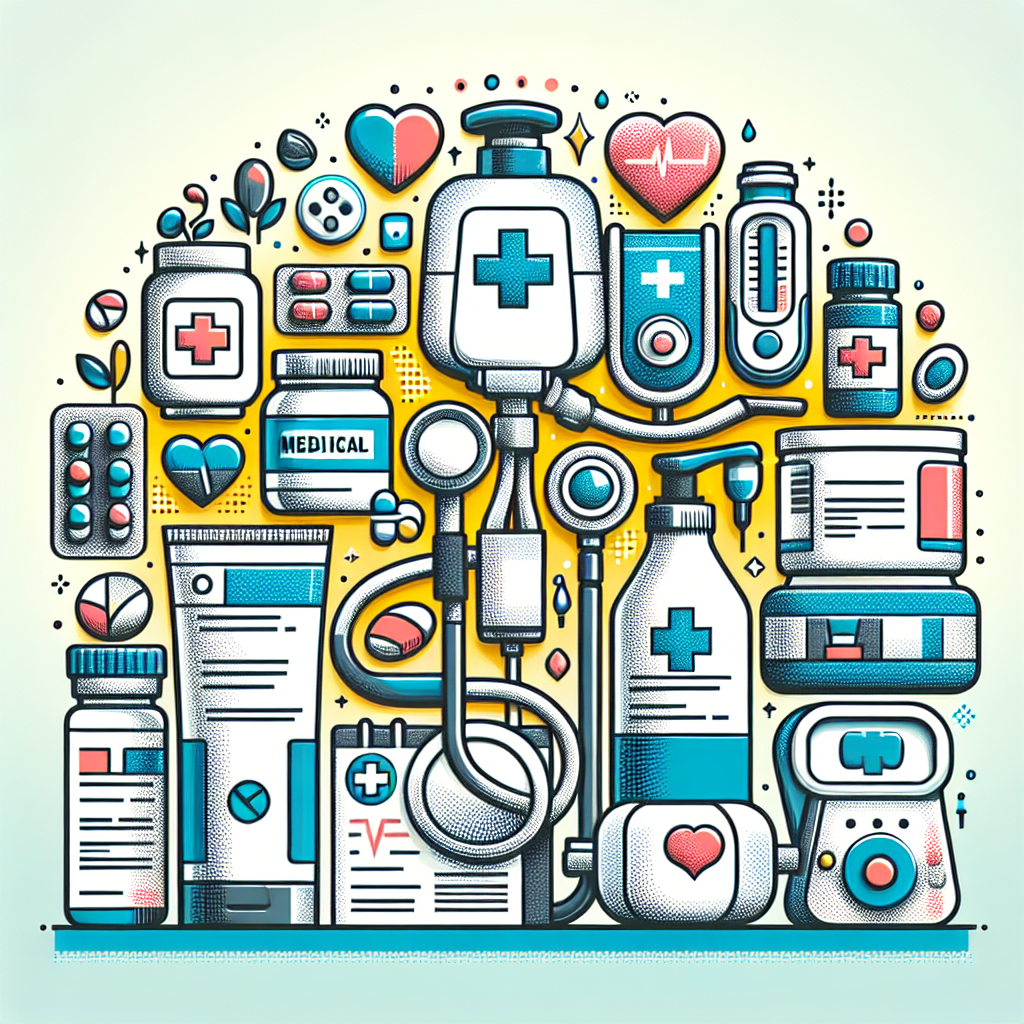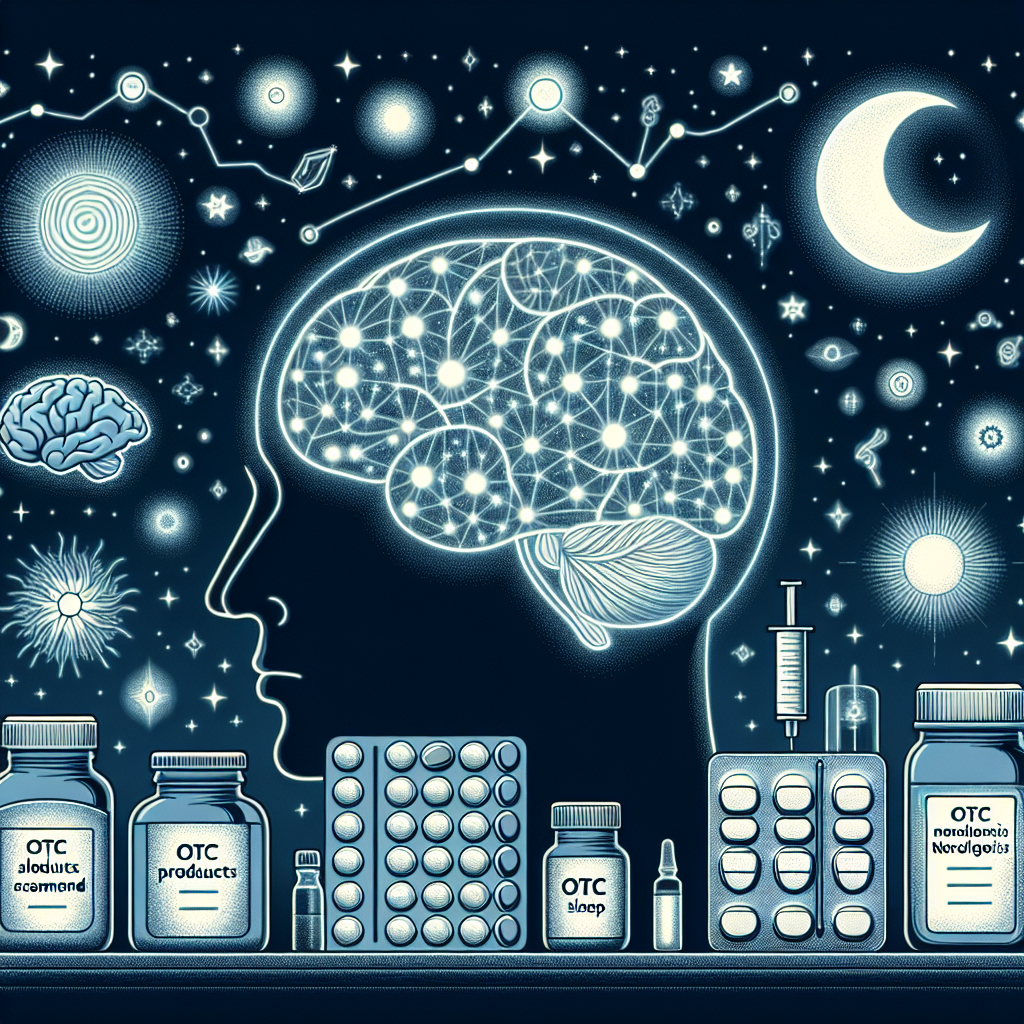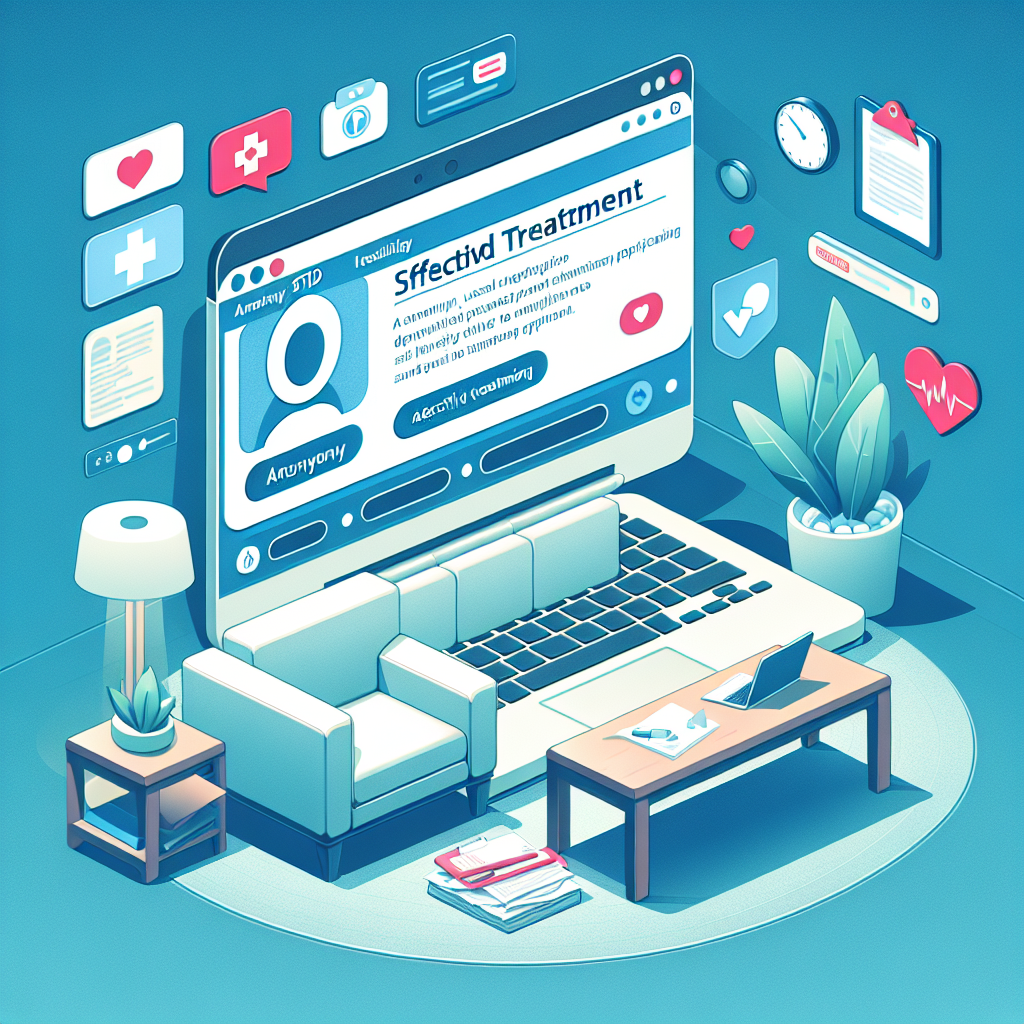For many men, the conversation around sexual health remains shrouded in unnecessary secrecy and embarrassment. This is particularly true when it comes to premature ejaculation (PE), a condition that affects approximately 30% of men across all age groups. Despite its prevalence, many men suffer in silence, allowing this treatable condition to impact their self-confidence, intimate relationships, and overall wellbeing.
This comprehensive guide aims to shed light on this common concern while presenting practical, effective solutions—including specialized products like the Premature Ejaculation Kit—that can help men regain control and confidence in their sexual experiences.
Understanding Premature Ejaculation: The Basics
Premature ejaculation is generally defined as ejaculation that occurs sooner than desired, either before or shortly after penetration, causing distress to one or both partners. While there’s no strict time threshold that defines PE, clinical guidelines often use a benchmark of ejaculation that consistently occurs within one minute of penetration.
It’s important to emphasize that occasional early ejaculation is completely normal and happens to most men at some point. It’s when the issue becomes persistent and distressing that it’s classified as PE.
Types of Premature Ejaculation
Medical professionals typically recognize two main categories:
- Lifelong (Primary) PE: Present from the first sexual experiences and persists throughout life
- Acquired (Secondary) PE: Develops after previously having normal ejaculatory control
Some experts also identify situational PE (occurring only in specific situations or with certain partners) and subjective PE (perception of rapid ejaculation despite normal duration).
The Hidden Impact of Premature Ejaculation
The effects of PE extend far beyond the physical aspect of sexual encounters:
Psychological Effects
- Diminished self-esteem and confidence: Men with PE often report feelings of inadequacy and embarrassment
- Performance anxiety: Creates a vicious cycle where anxiety about PE makes the condition worse
- Depression and distress: Chronic sexual dissatisfaction can contribute to broader mental health challenges
Relationship Impact
- Communication barriers: Many men avoid discussing the issue with partners
- Decreased intimacy: Some men begin avoiding sexual encounters altogether
- Partner dissatisfaction: While often overstated, mismatched expectations can create relationship tension
- Reproductive challenges: For couples trying to conceive, PE can sometimes complicate the process
Understanding these broader impacts highlights why addressing PE proactively is so important for overall wellbeing.
The Science Behind Premature Ejaculation
PE results from a complex interplay of biological and psychological factors, which explains why comprehensive treatment approaches tend to be most effective.
Physiological Factors
- Hypersensitivity: Some men naturally have more sensitive penile tissue
- Hormonal imbalances: Abnormal levels of hormones like testosterone or thyroid hormones
- Neurotransmitter variations: Particularly involving serotonin, which plays a key role in ejaculation
- Inflammation or infection: Conditions like prostatitis can sometimes contribute to PE
- Erectile dysfunction: Some men rush to ejaculate due to anxiety about maintaining erection
Psychological Contributors
- Anxiety and stress: General life stress as well as specific sexual performance anxiety
- Relationship issues: Unresolved conflicts or poor communication with partners
- Conditioning: Early sexual experiences that rewarded quick ejaculation
- Depression: Can both contribute to and result from sexual difficulties
- Unrealistic expectations: Often influenced by misleading portrayals in adult content
Understanding your personal PE triggers is an important step toward finding effective solutions.
Comprehensive Solutions for Premature Ejaculation
The good news for men dealing with PE is that modern approaches offer multiple effective pathways to improvement. Success rates typically exceed 75% when treatments are appropriately matched to individual circumstances.
Behavioral Techniques
These self-help strategies have proven effective for many men:
The Stop-Start Method
- Begin sexual stimulation until you feel approaching the “point of no return”
- Stop all stimulation completely until the sensation subsides
- Resume stimulation and repeat the cycle 3-4 times
- With practice, this helps build awareness and control of pre-ejaculatory sensations
The Squeeze Technique
- When approaching ejaculation, firmly squeeze the head of the penis where it meets the shaft
- Hold the squeeze for about 20 seconds, focusing pressure on the frenulum (underside)
- Allow the urge to ejaculate to diminish before resuming stimulation
- Repeat 2-3 times before allowing ejaculation
Pelvic Floor Exercises
- Identify your pelvic floor muscles (the ones used to stop urination midstream)
- Contract these muscles for 3 seconds, then relax for 3 seconds
- Repeat 10 times, 3 times daily
- Advanced version: Practice rapid “flutter” contractions
- Stronger pelvic floor muscles can significantly improve ejaculatory control
Mindfulness and Psychological Approaches
The mind-body connection is particularly relevant for sexual function:
- Deep breathing: Controlling breathing during arousal helps manage excitement levels
- Sensate focus: Non-goal-oriented intimacy exercises that reduce performance pressure
- Mindfulness practice: Learning to stay present rather than becoming anxious about performance
- Cognitive-behavioral therapy: Working with a therapist to change negative thought patterns
- Stress management: Reducing overall life stress often improves sexual function
The Premature Ejaculation Kit: A Comprehensive Solution
For men seeking an immediate, effective approach to PE, specialized products like the Premature Ejaculation Kit offer a multi-faceted solution. This particular kit combines several proven elements to address PE from multiple angles.
What’s Included in the Premature Ejaculation Kit
The Premature Ejaculation Kit typically contains:
- Delay Wipes/Sprays: These contain mild desensitizing agents that temporarily reduce penile sensitivity without eliminating pleasure
- Specialized Condoms: Thicker condoms that provide an additional barrier to reduce sensation
- Performance Enhancing Lubricants: Designed to balance sensation while improving overall experience
- Cock Rings: Help maintain firmer erections and can assist with ejaculatory control
- Instructional Materials: Guidance on maximizing the effectiveness of the kit components
How the Premature Ejaculation Kit Works
The kit offers a comprehensive approach by addressing multiple factors simultaneously:
1. Sensitivity Management
The delay wipes/sprays in the kit work by temporarily modulating nerve sensitivity in the penis. Unlike older products that could cause numbness, these modern formulations provide balanced desensitization—reducing hypersensitivity while maintaining pleasurable sensations.
The active ingredients typically include benzocaine or lidocaine in carefully calibrated concentrations. These compounds work as mild topical anesthetics, slightly raising the threshold required for ejaculation without eliminating sensation.
Application is straightforward:
- Remove a wipe from its sealed package
- Apply to the most sensitive areas of the penis (typically the glans and frenulum)
- Allow 5-10 minutes for absorption before intimate contact
- Wash hands thoroughly after application
Many men report an immediate improvement in ejaculatory control, with duration increases of 3-5 times being common.
2. Physical Barriers
The specialized condoms in the kit serve dual purposes:
- Providing additional physical barrier to reduce sensitivity
- Incorporating design elements specifically for PE management
Some premium delay condoms include inner linings with mild desensitizing agents, providing targeted sensitivity reduction where it matters most.
3. Circulation Enhancement
The cock rings included in many kits work by:
- Restricting blood outflow from the penis, maintaining firmer erections
- Creating a mild pressure sensation that can distract from ejaculatory urges
- Potentially delaying ejaculation through physiological mechanisms
These should be used according to instructions and never worn for more than 20-30 minutes at a time.
4. Enhanced Lubrication
The specialized lubricants in PE kits are formulated to:
- Provide optimal glide that reduces friction-based stimulation
- Create a balanced sensory experience
- Sometimes incorporate mild cooling or warming elements that can distract from ejaculatory sensations
5. Comprehensive Approach
What makes the kit particularly effective is the synergistic combination of these elements. Users can experiment with different combinations to find the approach that works best for their specific situation—for example, pairing delay wipes with cock rings for maximum control.
Advantages of the Premature Ejaculation Kit
The kit offers several benefits over single-approach solutions:
- Immediate results: Unlike behavioral techniques that require practice, the kit provides same-day improvement
- No prescription required: Available without the need for doctor visits
- Discrete packaging: Allows for private addressing of the concern
- Multi-faceted approach: Addresses several PE factors simultaneously
- Partner-friendly: Designed to enhance experience for both partners
- Portable solution: The compact kit can be taken anywhere for confidence in any situation
- Customizable experience: Components can be used individually or in combination
- Cost-effective: More economical than prescription medications when used as directed
Practical Usage Tips
To maximize the effectiveness of the Premature Ejaculation Kit:
- Test before important occasions: Try the components individually first to understand how your body responds
- Communication is key: Discuss with your partner how you’re addressing PE
- Combine with techniques: Use the kit alongside behavioral methods for even better results
- Follow directions precisely: Particularly regarding timing of application for delay products
- Stay consistent: Regular use often leads to improved baseline control even without the kit
Beyond Products: Building a Comprehensive PE Management Plan
While the Premature Ejaculation Kit offers an excellent immediate solution, integrating it into a broader approach can yield even better long-term results.
Lifestyle Adjustments
Several everyday habits can influence ejaculatory control:
- Regular exercise: Improves blood flow, hormonal balance, and reduces stress
- Adequate sleep: Poor sleep patterns can disrupt hormonal balance and worsen PE
- Moderate alcohol consumption: While a small amount might temporarily help through anxiety reduction, excess alcohol often worsens PE
- Balanced diet: Proper nutrition supports overall sexual health
- Hydration: Dehydration can negatively impact all aspects of sexual function
Communication Strategies
Open dialogue with your partner about PE can transform it from a source of tension to an opportunity for deeper intimacy:
- Choose a relaxed, non-sexual moment to discuss the issue
- Frame it as a physical response you’re addressing, not a personal failing
- Involve your partner in the solution when appropriate
- Remember that many partners are less concerned about duration than you might assume
Medical Interventions
For more persistent cases, these approaches may be recommended by healthcare providers:
- SSRIs: Certain antidepressants have a side effect of delayed ejaculation
- Topical prescription anesthetics: Stronger versions of over-the-counter options
- PDE5 inhibitors: Medications like sildenafil may help, especially when ED is also present
- Pain medications: Certain pain medications have shown effectiveness for PE in studies
Always consult with a healthcare provider before starting any medication.
When to Seek Professional Help
Consider consulting a healthcare provider if:
- PE is causing significant distress despite trying self-help measures
- The condition develops suddenly after previously normal function
- You experience other sexual or urinary symptoms alongside PE
- Self-help measures haven’t yielded improvement after several months
Healthcare providers specializing in sexual medicine, urologists, and sex therapists can offer tailored guidance based on your specific situation.
The Journey to Better Control: A Realistic Timeline
Improvement in PE management typically follows this pattern:
- Immediate relief: Products like the Premature Ejaculation Kit can provide same-day results
- Short-term strategies: Mastering techniques like stop-start usually takes 2-4 weeks
- Medium-term improvement: Pelvic floor strengthening shows results after 4-6 weeks
- Long-term management: Combining approaches leads to lasting improvement over 3-6 months
Many men find that even after achieving good control, keeping tools like the PE Kit available provides confidence and security.
Debunking Common PE Myths
Several misconceptions about PE can hinder effective treatment:
Myth: PE is just a mental issue. Reality: It’s typically a combination of physical and psychological factors.
Myth: Only inexperienced men deal with PE. Reality: PE affects men of all experience levels and ages.
Myth: Partners are always dissatisfied when PE occurs. Reality: Many partners are less concerned about duration than men assume.
Myth: You need prescription medication to treat PE. Reality: Many men achieve excellent results with over-the-counter solutions like the PE Kit.
Myth: PE gets worse with age. Reality: Many men actually gain better control as they age.
Embracing a Positive Sexual Future
With modern solutions like the Premature Ejaculation Kit and a comprehensive approach to management, PE doesn’t need to limit your sexual satisfaction or confidence. The combination of immediate solutions and longer-term strategies puts satisfying sexual experiences well within reach.
Remember these key takeaways:
- PE is extremely common and treatable
- Multi-faceted solutions like the Premature Ejaculation Kit offer immediate improvement
- Combining approaches yields the best results
- Communication with partners transforms PE from a source of shame to a shared challenge
- Consistency and patience lead to lasting improvement
The journey to better ejaculatory control is one taken by millions of men worldwide. With the right tools—like the comprehensive Premature Ejaculation Kit—and techniques at your disposal, you can join the ranks of men who have successfully overcome this challenge and reclaimed their sexual confidence.













